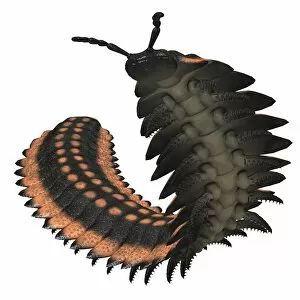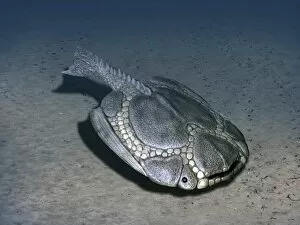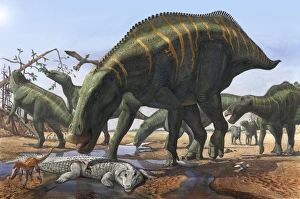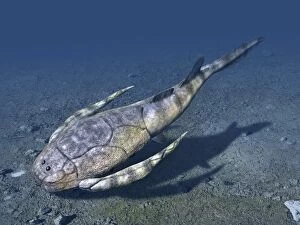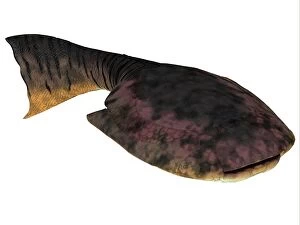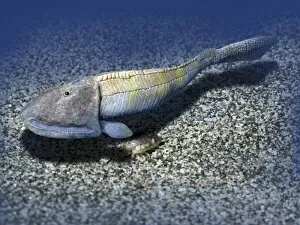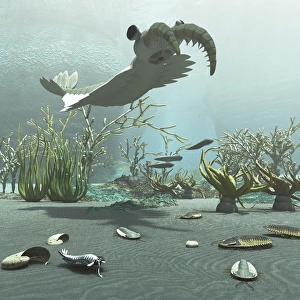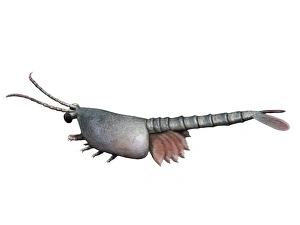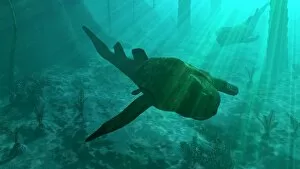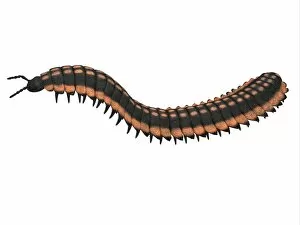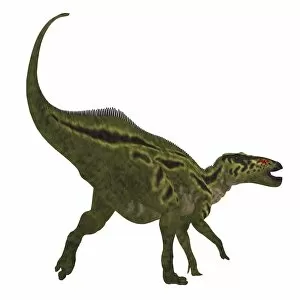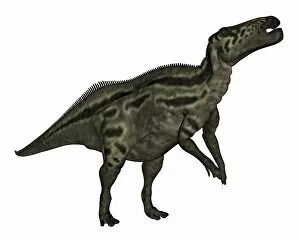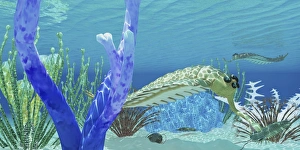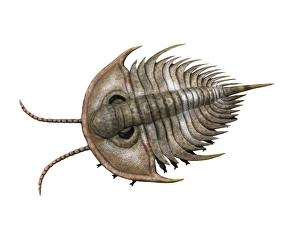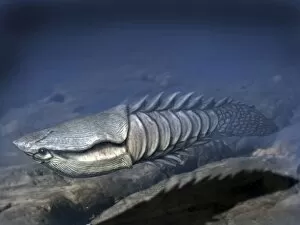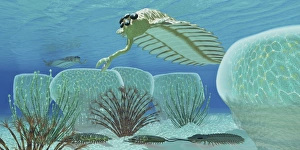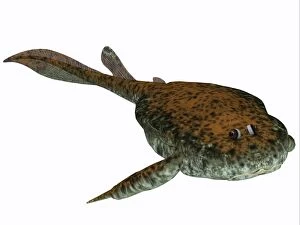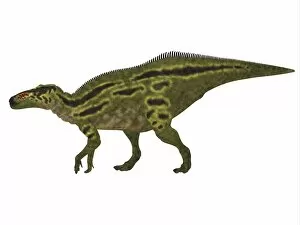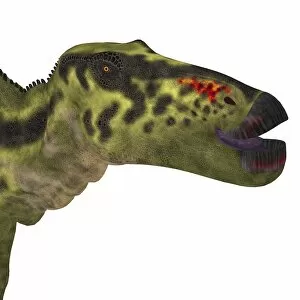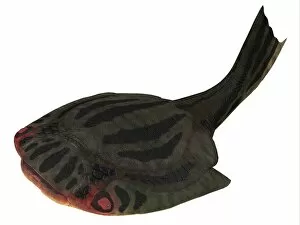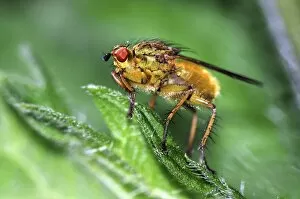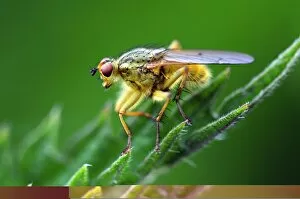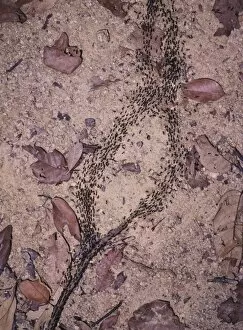Detritivore Collection
Detritivores, the unsung heroes of ancient ecosystems, played a crucial role in maintaining balance and recycling organic matter
All Professionally Made to Order for Quick Shipping
Detritivores, the unsung heroes of ancient ecosystems, played a crucial role in maintaining balance and recycling organic matter. Take Drepanaspis for example, a jawless fish from Early Devonian Germany. This primitive creature, like its cousin Drepanaspis gemuendenensis from the Devonian Period, thrived by feasting on decaying plant and animal remains. In contrast to these aquatic detritivores, terrestrial giants like Arthropleura roamed the land during prehistoric times. These massive invertebrates scoured the earth's surface for decomposing matter as they navigated through lush landscapes. A captivating sight indeed. Meanwhile, Shantungosaurus dinosaurs formed herds that scavenged tirelessly for food. Picture them diligently searching for remnants left behind by other creatures or even indulging in carrion when necessary. But it wasn't just fish and dinosaurs that embraced this ecological niche; Bothriolepis placoderms also joined the ranks of detritivores during the Late Devonian era in Canada. These armored creatures gracefully glided along flooded plains while devouring dead organisms scattered across their path. Venturing further back into time brings us to Hemicyclaspis ostracoderms from Early Devonian England and Waptia arthropods from Cambrian Canada - both contributing their unique adaptations to thrive on detritus-rich environments. Lastly, let's not forget about the incredible diversity found within Burgess Shale formation during the Cambrian period. Here we encounter an array of animals alongside floral life all engaged in consuming decaying matter as part of their survival strategy. Whether it was Drepanaspis swimming through ancient waters or Arthropleura crawling across prehistoric landscapes, these detritivores were essential players in maintaining equilibrium within Earth's ecosystems throughout history.

